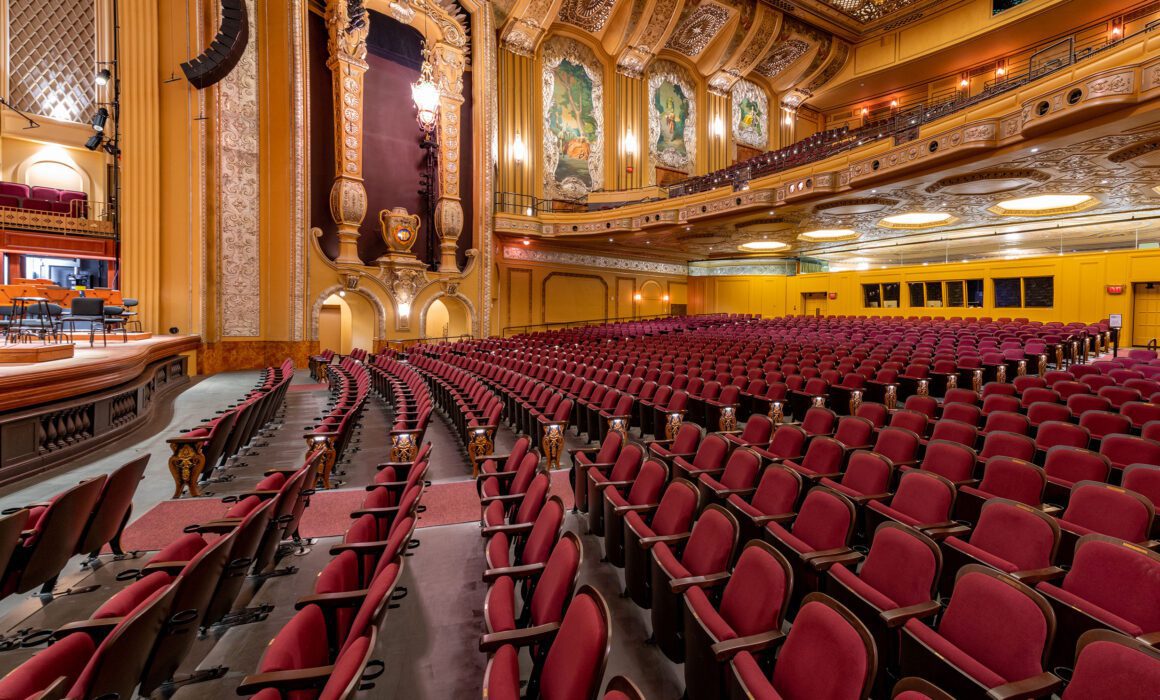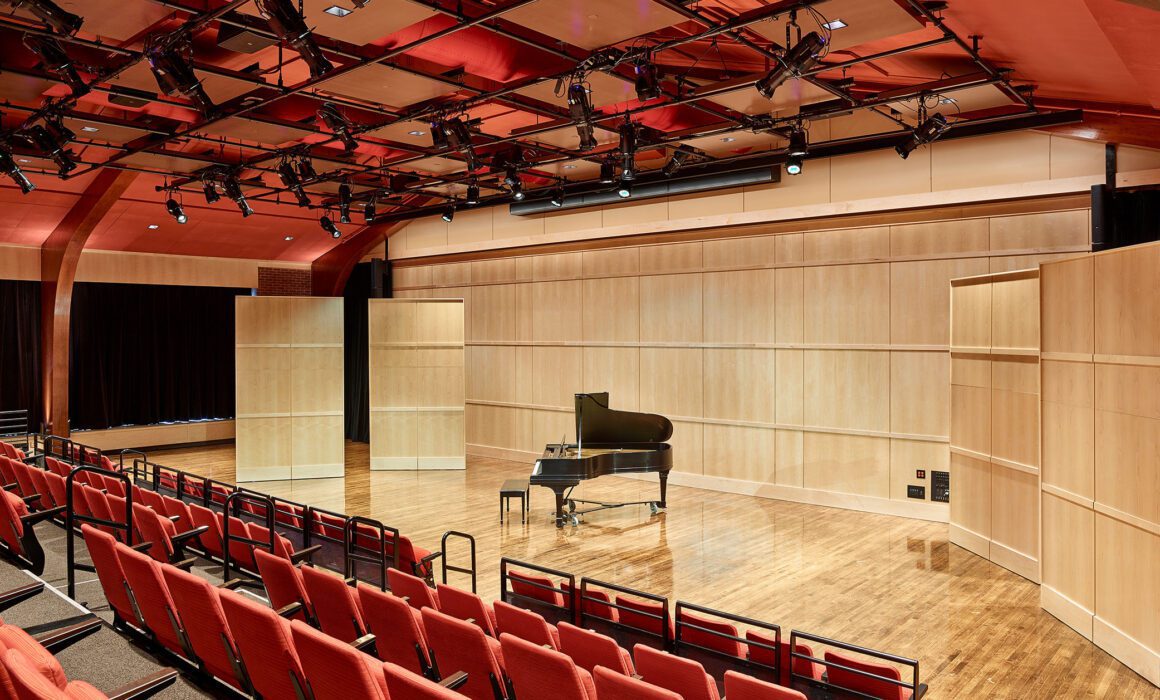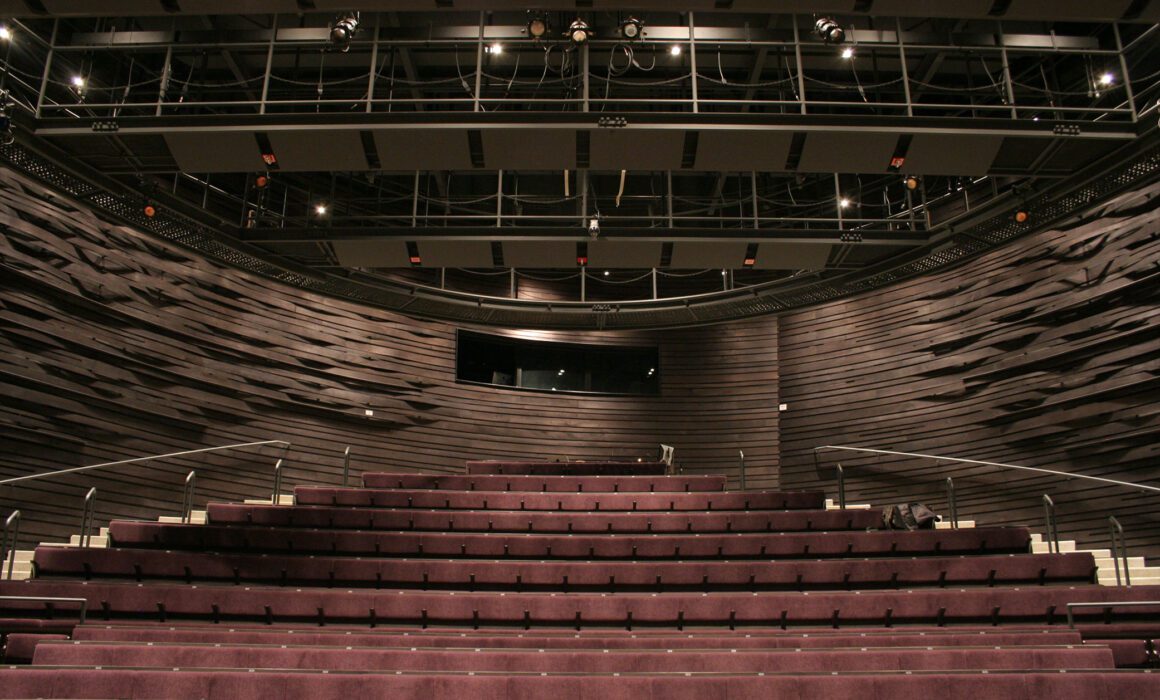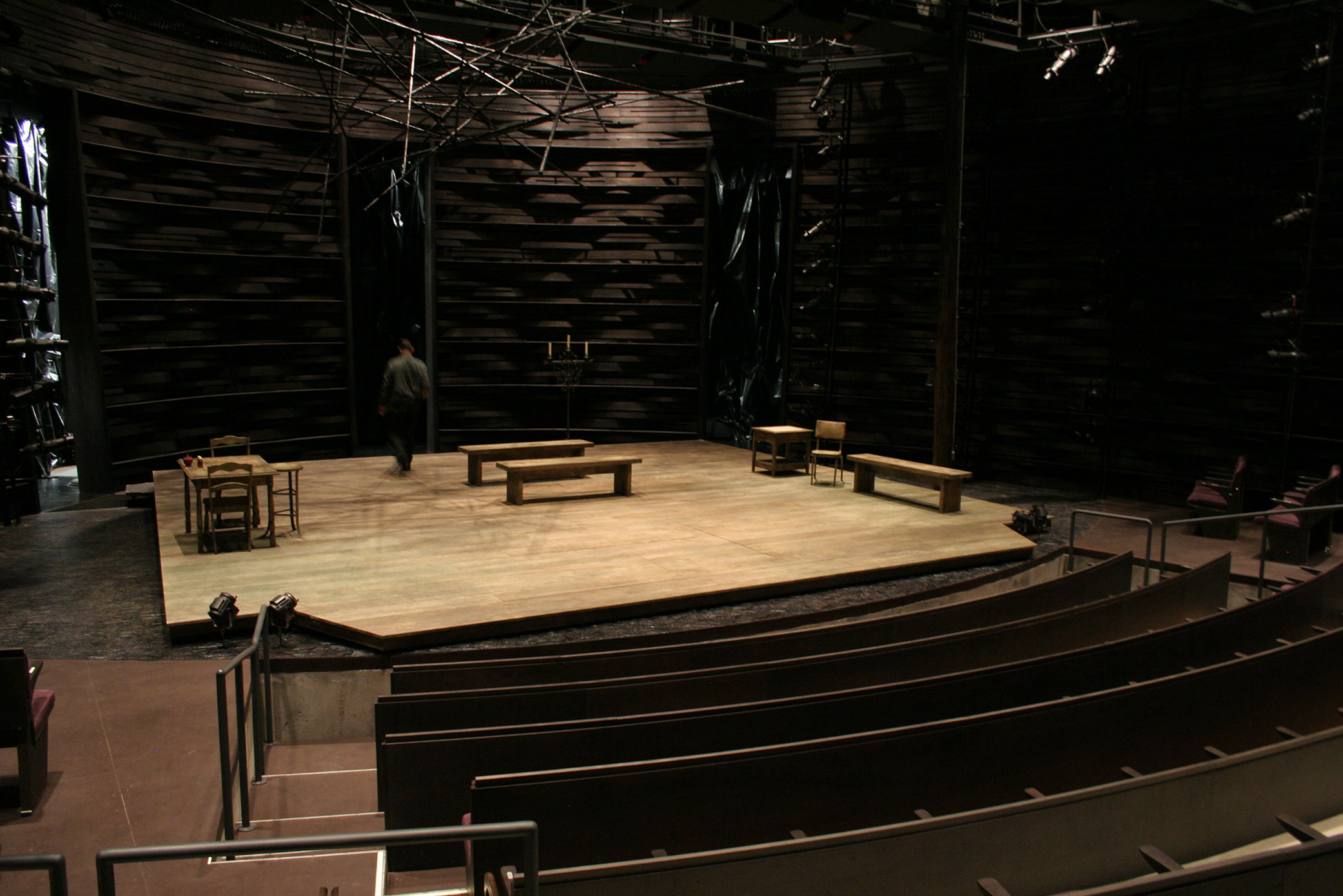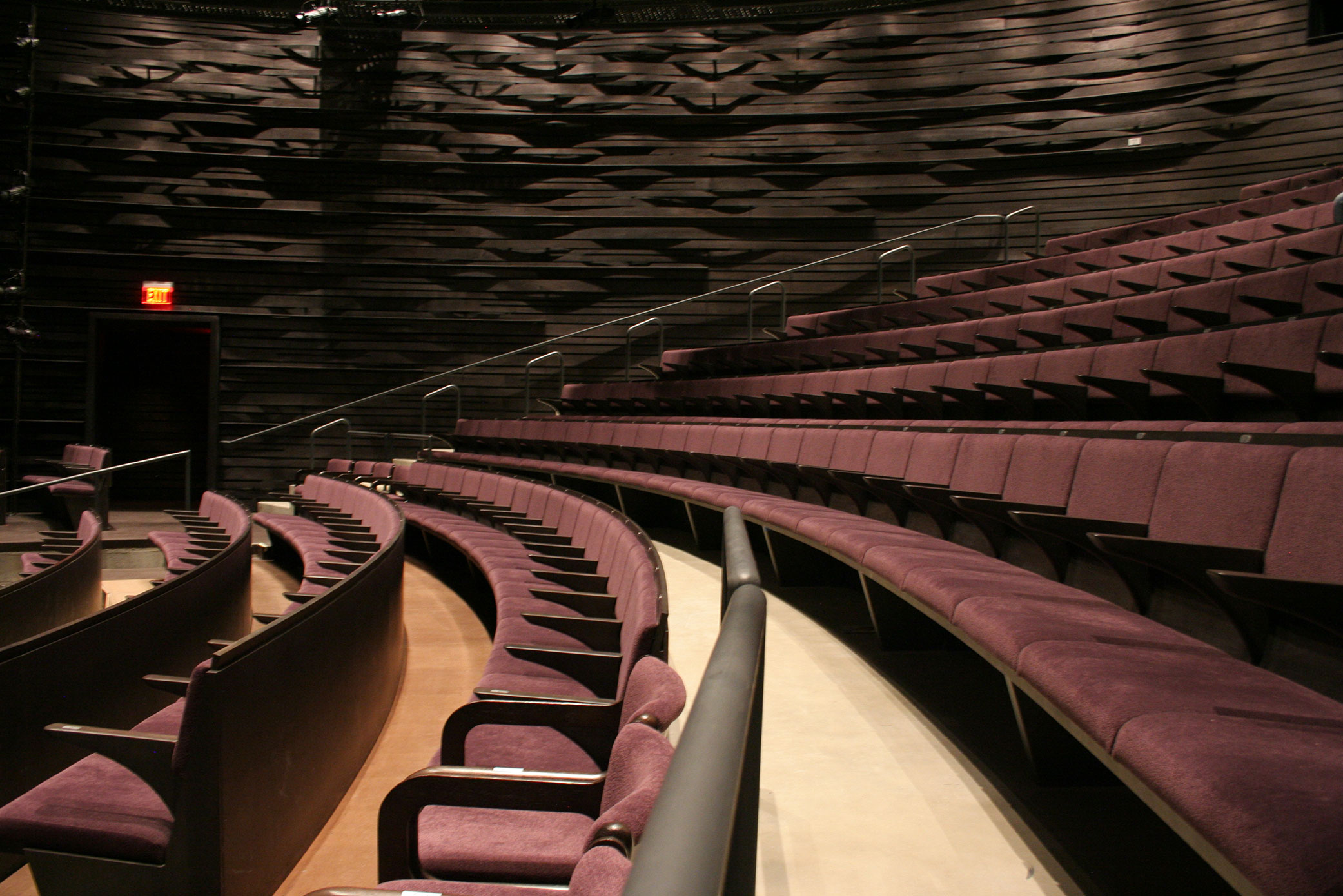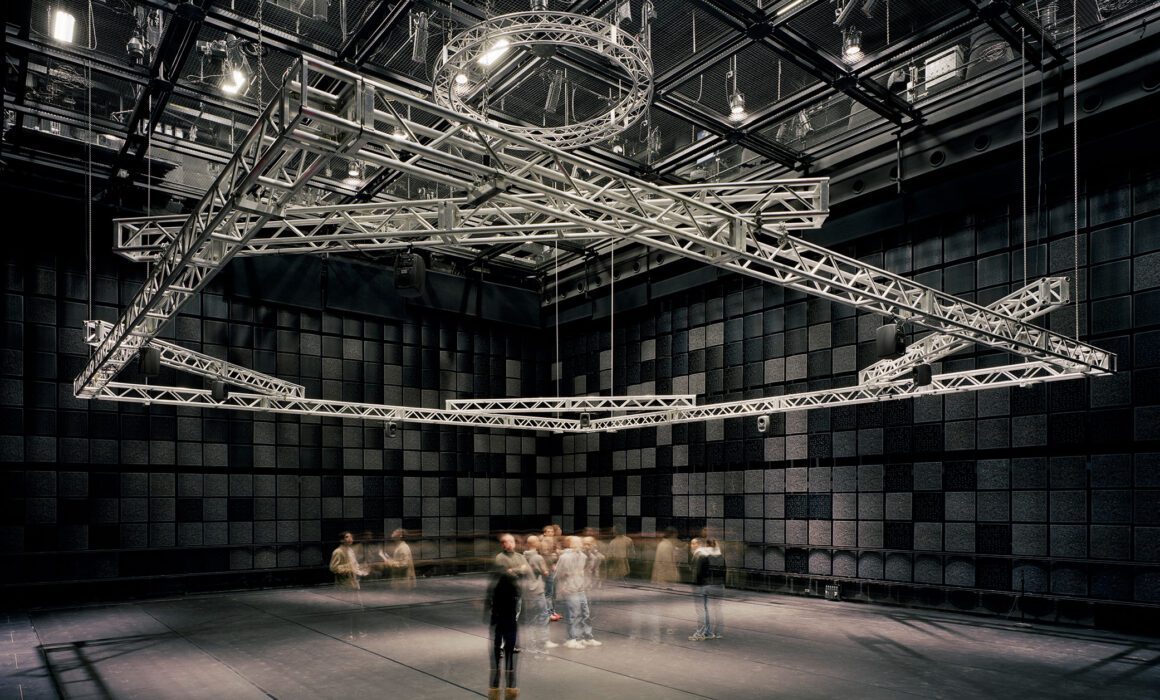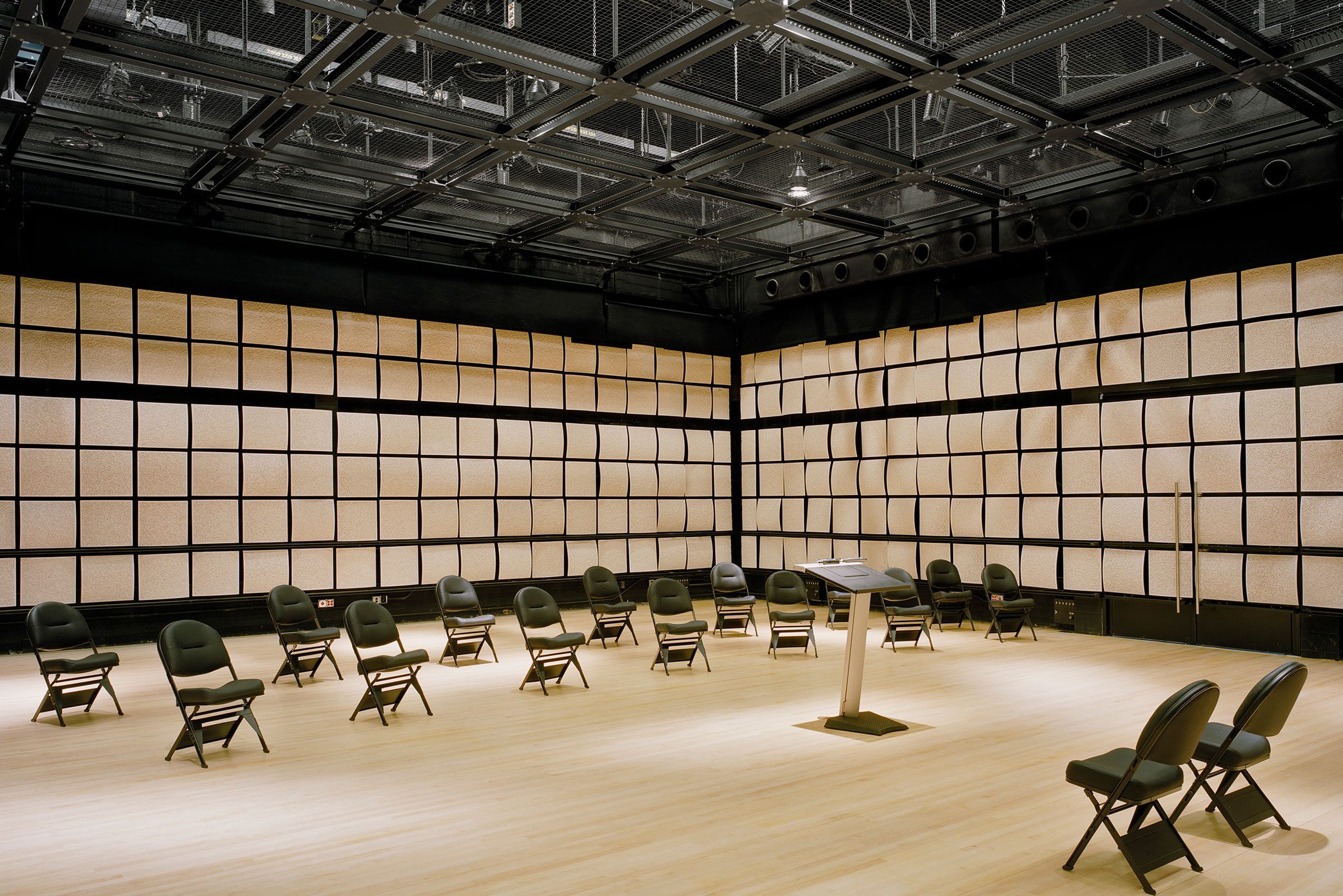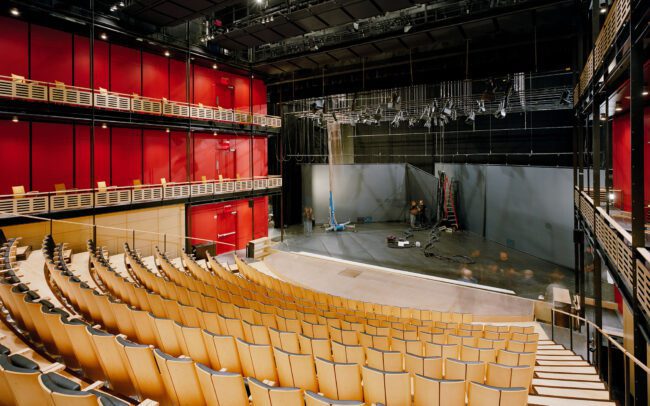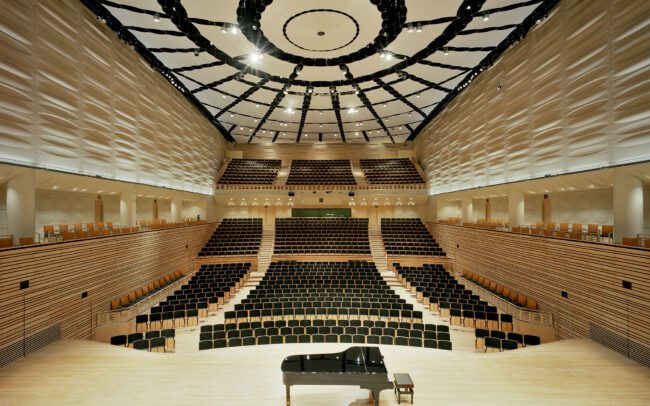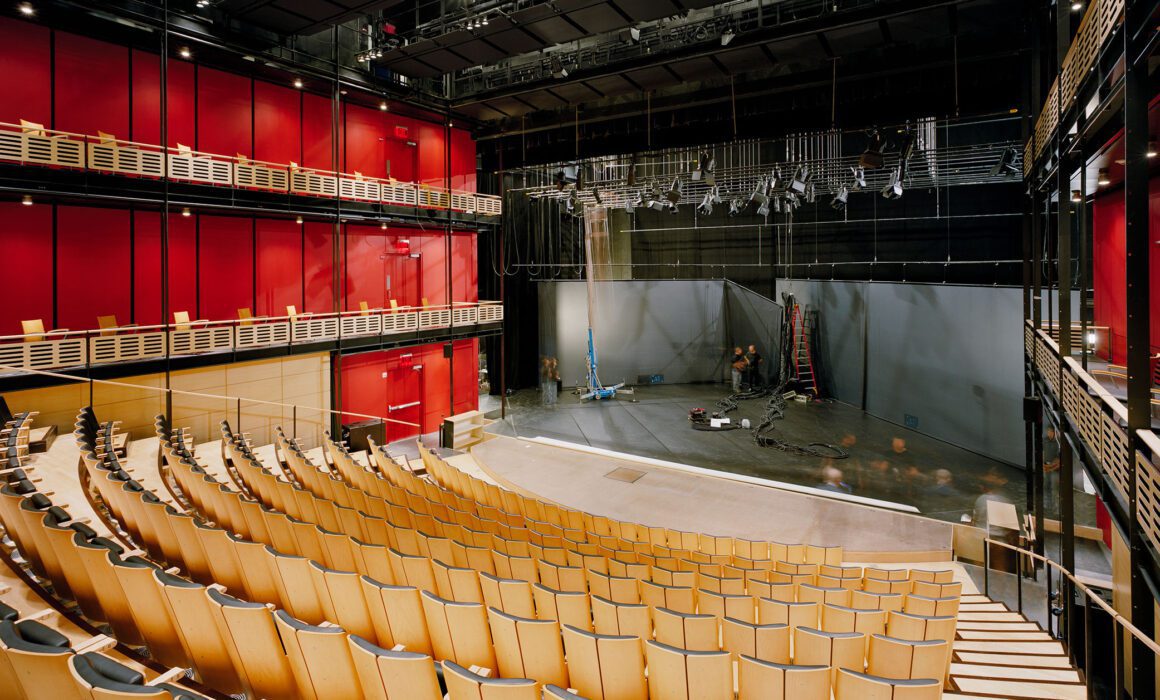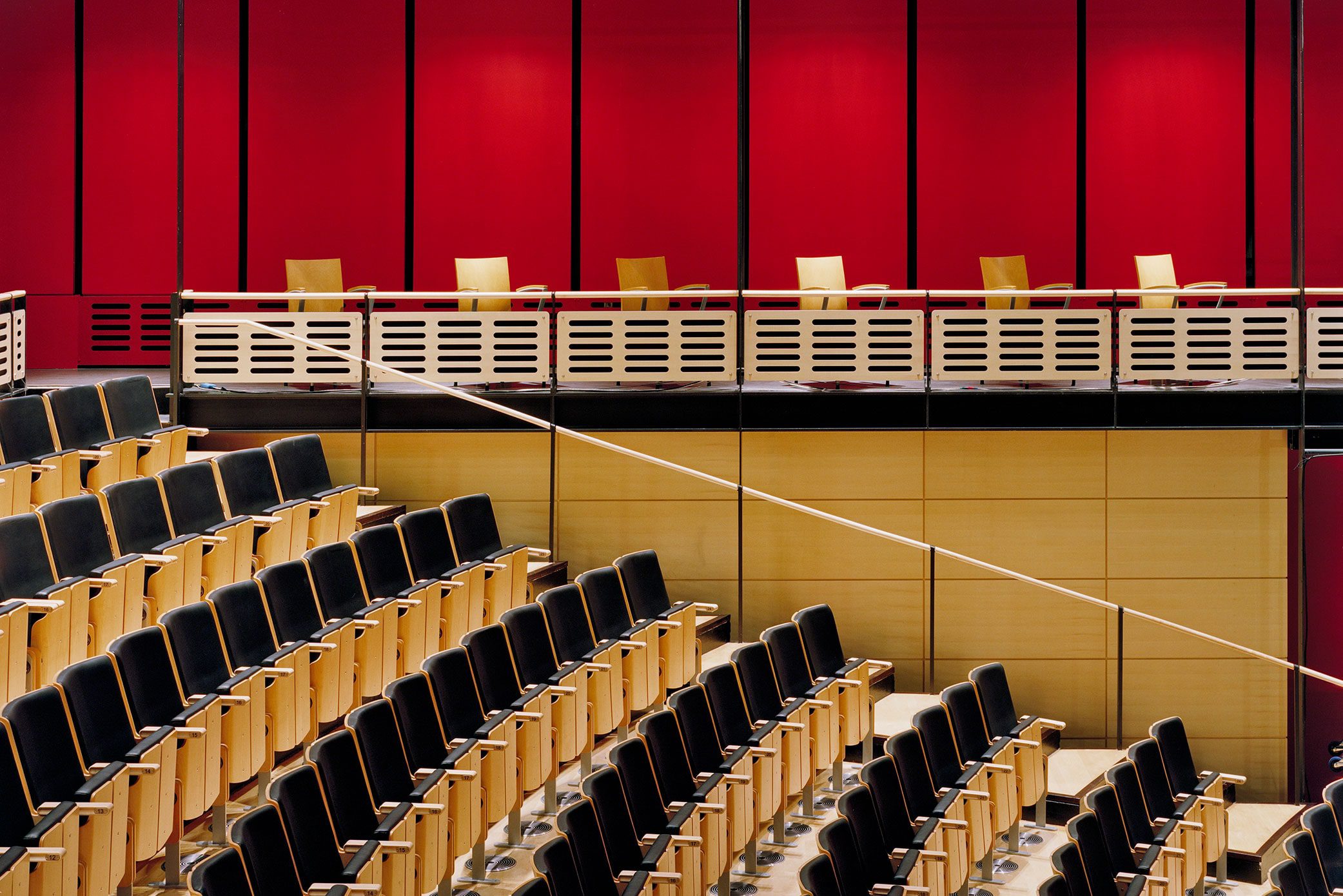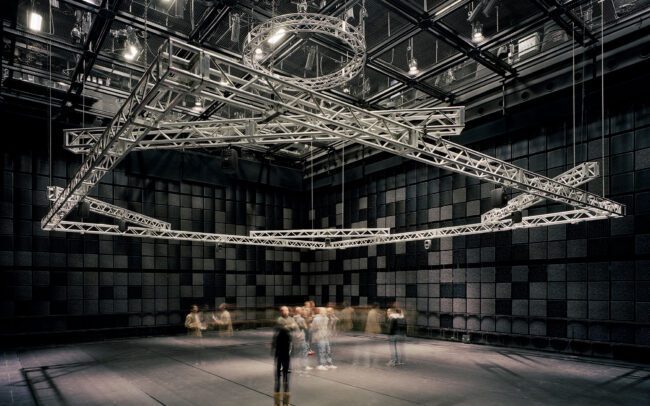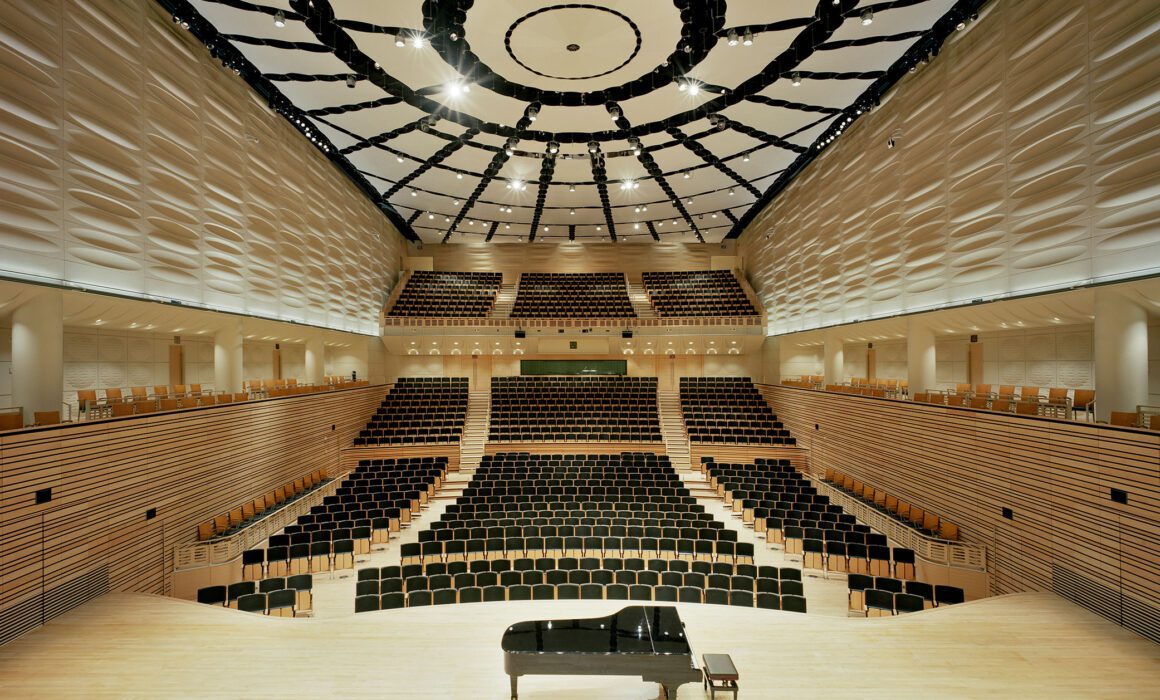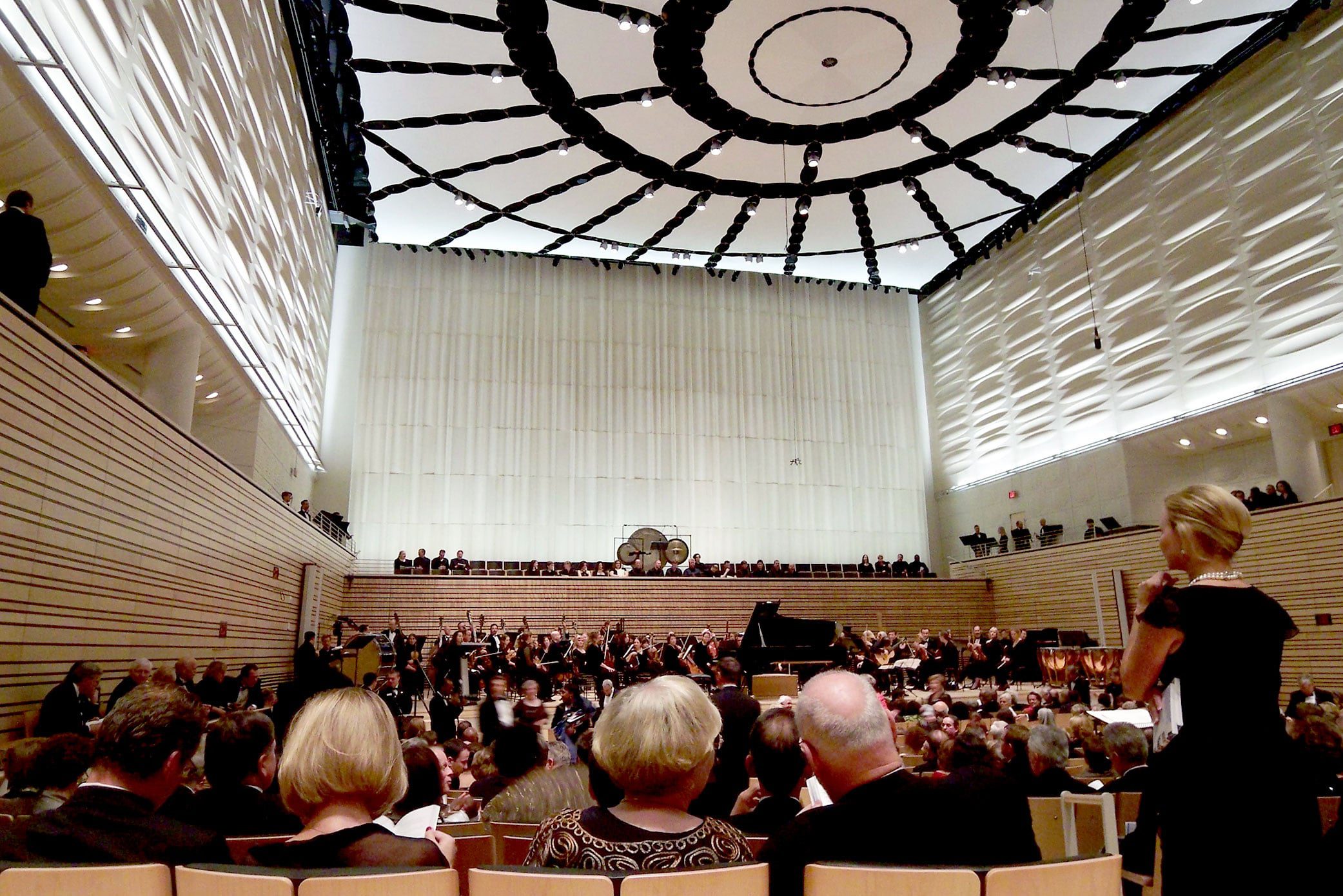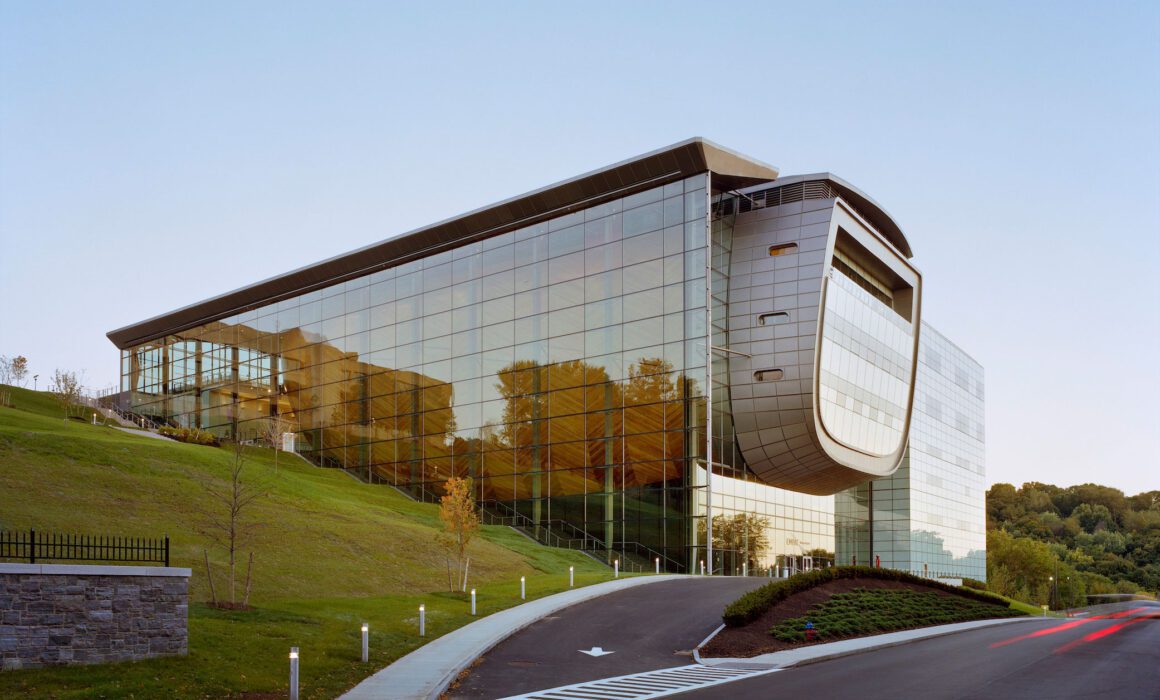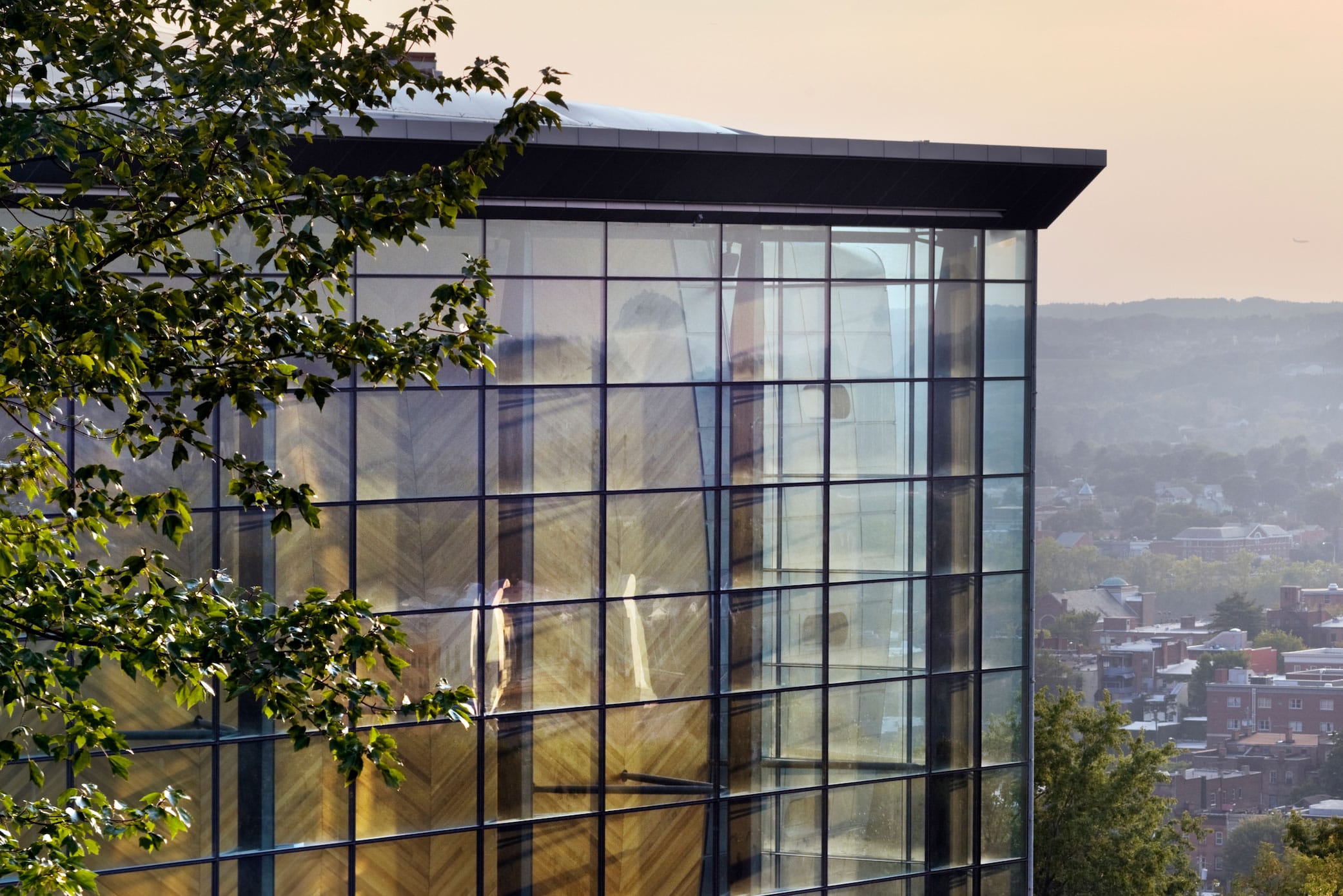Bradley Symphony Center
Bradley Symphony Center










Photo Credit: Ducharme / Steven Bullock
Restoring the Warner Grand Theater entailed the refinement of original detailing and the installation of modern features.
The historic lobby and original ticket booth were restored to their pre-1950 condition. To make way for the new lobby and reception area, an adjacent two-story restaurant space dating from 1936 was demolished. While the restaurant building was originally a Moderne structure, past tenants including Burger King and Taco Bell have wiped away that original detailing.
The addition added contemporary amenities adjacent to the historic structure. The first floor largely facilitates circulation, while the second floor is used as a secondary event space by the Milwaukee Symphony Orchestra. A circular skylight, placed above a centrally placed spiral staircase illuminates the space.
The project also called for an intense engineering procedure to move the theater’s rear terracotta wall approximately 30 feet east to increase the stage’s size. New acoustical features were added behind historic details to transform the site into a first-class concert hall.
-
Client: Milwaukee Symphony Orchestra
-
Architect: Kahler Slater
-
Completion Year: 2020
-
Location: Milwaukee, Wisconsin
-
Capacity: 2,400 seats

